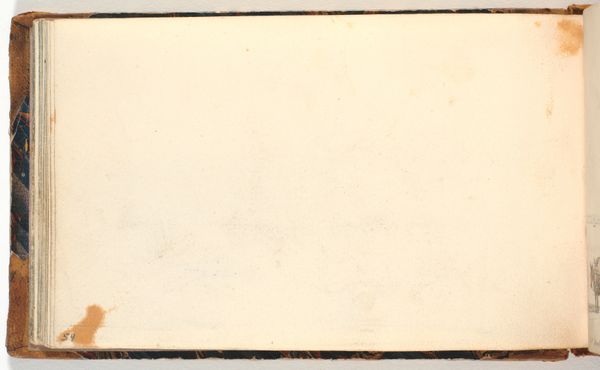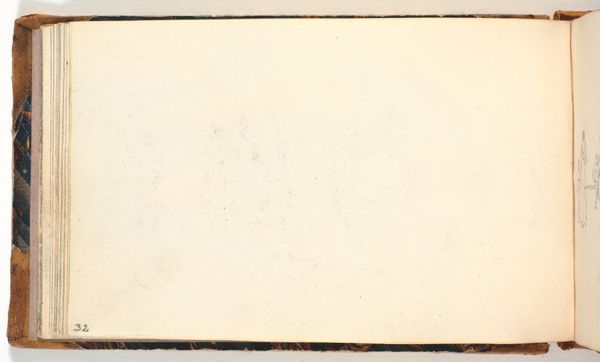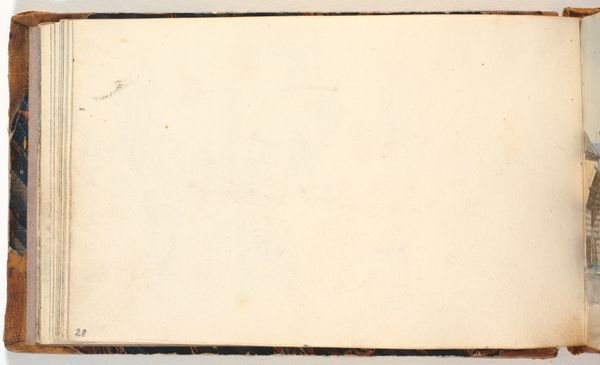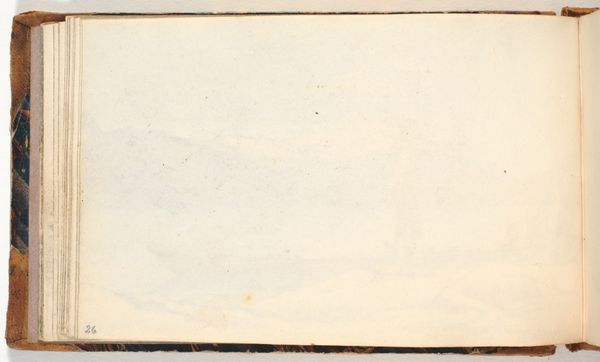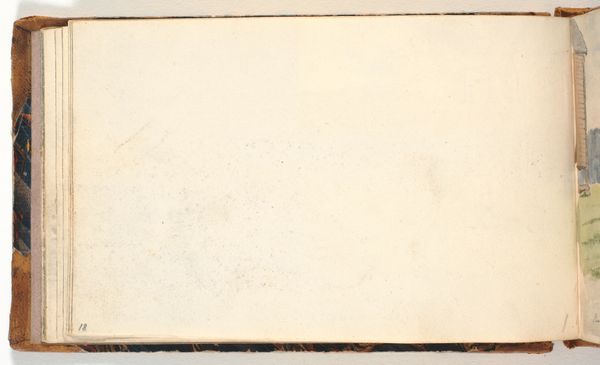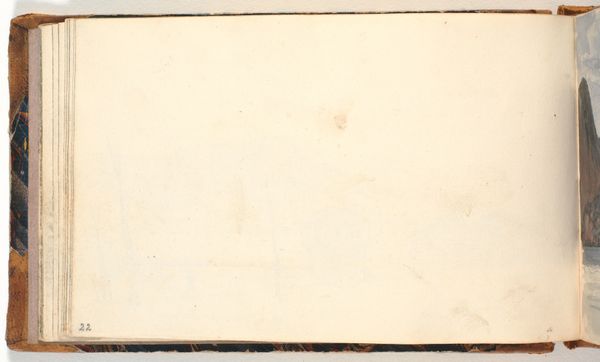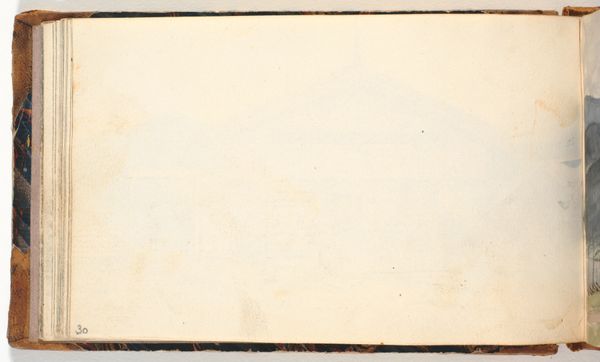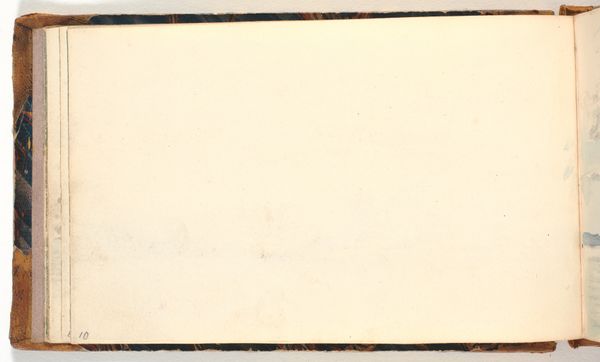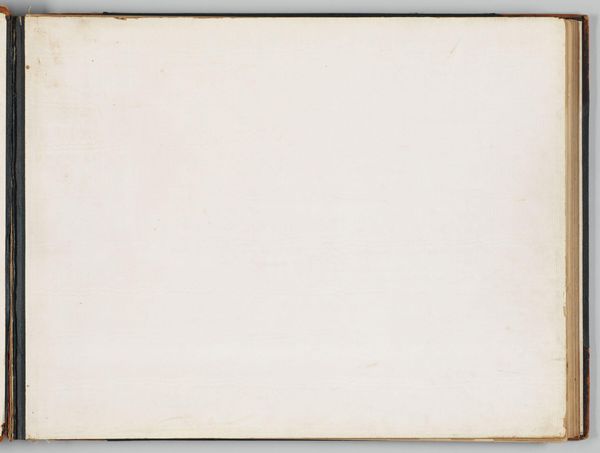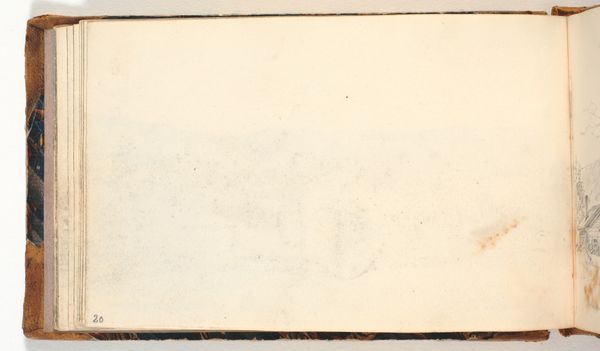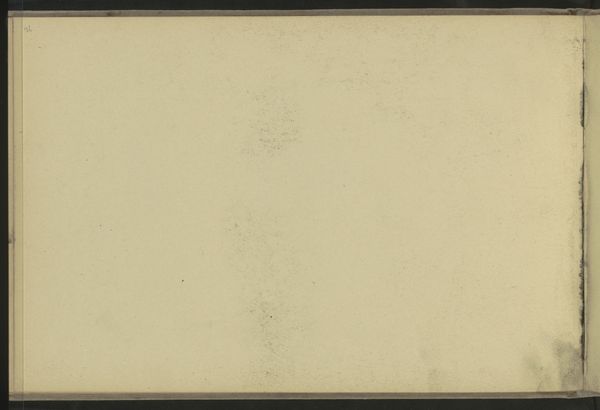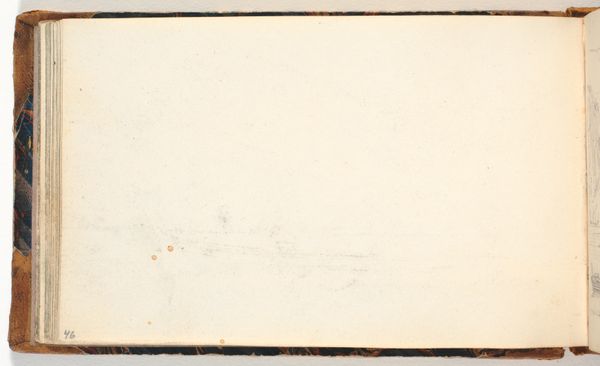
Female Nude (in Sketch Book With Drawings on Twenty-six Leaves) 1844 - 1854
0:00
0:00
drawing, mixed-media, print, paper, dry-media, pencil
#
portrait
#
drawing
#
mixed-media
# print
#
paper
#
dry-media
#
female-nude
#
coloured pencil
#
pencil
#
nude
#
watercolor
Dimensions: Sheet (page): 7 7/8 x 10 7/8 in. (20 x 27.6 cm)
Copyright: Public Domain
Editor: We're looking at Frederic Leighton's "Female Nude," made between 1844 and 1854. It's from a sketchbook, using mixed media, including pencil and watercolor, on paper. It looks almost…empty. Just faint suggestions of figures. What can we really glean from such delicate, almost hidden images? Curator: The very ephemerality you note is significant. These sketches aren't intended as finished statements, but rather as a record of the artist's process. Consider the nude as a foundational symbol in art history, representing idealized beauty, the classical tradition. What does it mean to see this tradition presented so tentatively, so privately? Editor: I guess it feels like a more intimate perspective than a grand, finished painting. But what about the context? Why study nudes like this? Curator: The nude in the 19th century was deeply entangled with ideas of beauty, morality, and even scientific study. Academic training often involved sketching from life, practicing anatomy, and honing one's ability to capture the human form. This book captures Leighton doing exactly that. Are you sensing a contrast between that goal and these faint figures? Editor: Definitely! The light pencil sketches challenge any notion of "ideal" beauty; it's raw, almost unfinished, as though he’s searching, not declaring. Curator: Precisely! And this "searching" itself becomes a powerful symbol of artistic creation. The artist grapples with form, exploring its potential. Consider this in the broader context of his more finished works; it speaks volumes about the labor involved in constructing an image. Editor: So it's a glimpse behind the curtain, showing the thought process more than the final product? That's amazing. It challenges the idea of effortless mastery. Curator: Exactly! We see not just the body, but the artist's mind at work. It is a conversation with art history, but also, perhaps more profoundly, with himself. It allows us a kind of sympathetic view. Editor: It certainly provides a valuable counterpoint, offering a richer understanding of Leighton's practice. Thanks, that was really insightful!
Comments
No comments
Be the first to comment and join the conversation on the ultimate creative platform.
